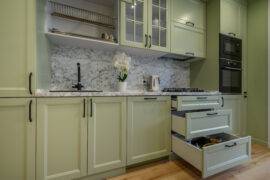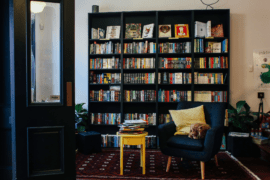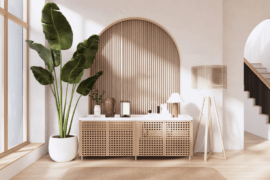Incorporating rocks into your landscaping design can transform your outdoor space into a stunning and unique environment. Rocks are not just practical for their durability and low maintenance; they also add texture, contrast, and a natural aesthetic that can enhance the overall appeal of your garden. Whether you have a small backyard or a sprawling estate, using rocks creatively can help you achieve a variety of looks, from rustic and rugged to sleek and modern.
This article will explore nine innovative ways to use rocks in your landscaping, providing you with plenty of inspiration and practical tips to get started. By the end, you’ll have a better understanding of how to use different types of rocks effectively, ensuring that your garden not only stands out but is also functional and easy to maintain.
1. Rock Gardens
Rock gardens are a fantastic way to incorporate natural elements into your landscape. These gardens typically feature a variety of rocks, from small pebbles to large boulders, arranged to create a visually appealing and low-maintenance garden. The key to a successful rock garden is to use a mix of rocks and plant species that thrive in rocky environments, such as succulents, alpine plants, and certain types of grasses. These plants often require less water and upkeep, making rock gardens an eco-friendly choice.
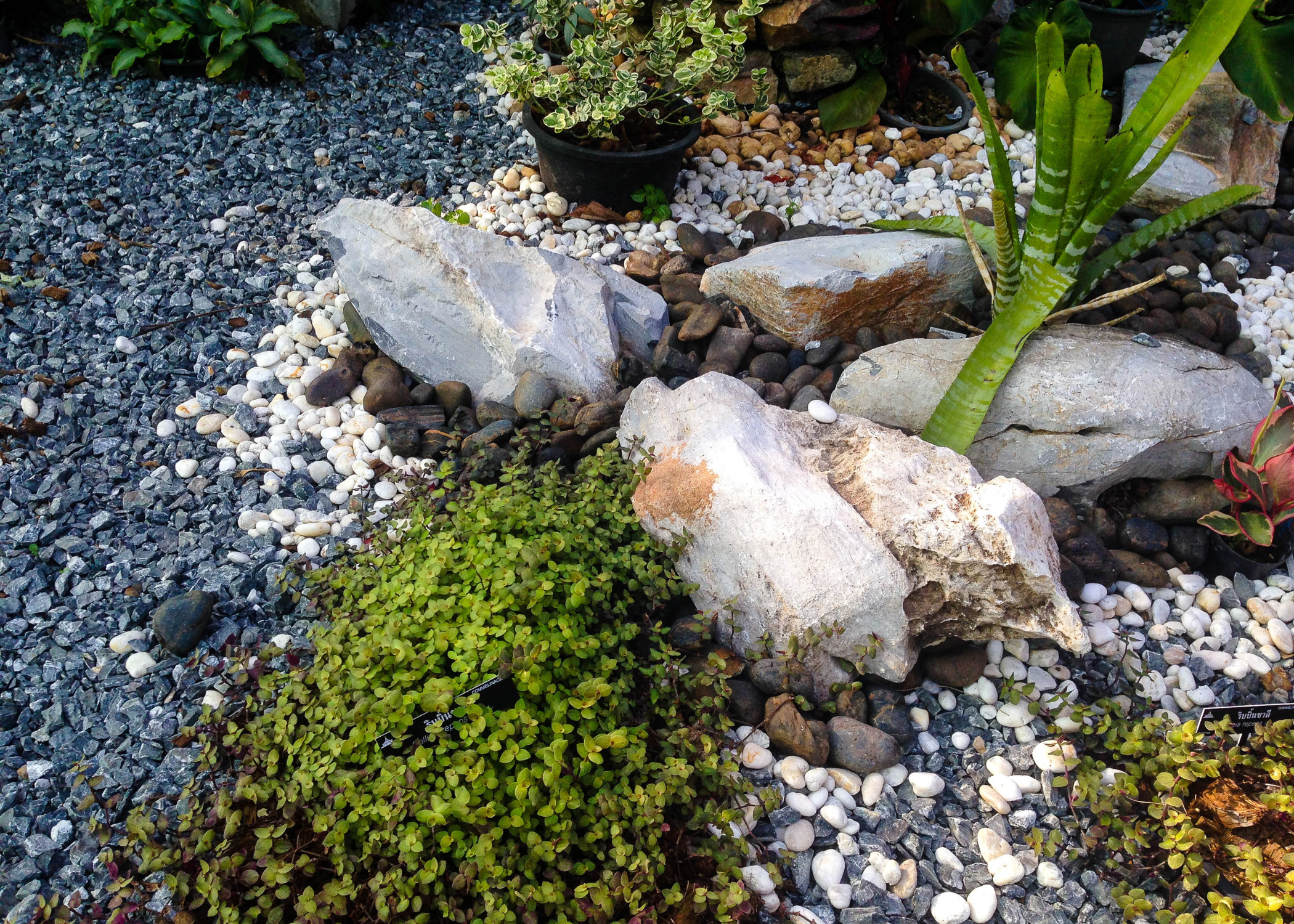
To create a rock garden, start by selecting a location with good drainage and plenty of sunlight. Arrange the rocks in a natural, random pattern, mimicking how they would appear in the wild. Fill in the gaps with soil and plant your chosen greenery, ensuring that the roots have plenty of space to grow between the rocks.
2. Dry River Beds
Dry river beds are an excellent way to add a natural water feature to your garden without the hassle of maintaining an actual water body. This landscaping technique involves creating a river-like path using various sizes of rocks and stones, simulating the appearance of a dried-up river. To build a dry river bed, first, outline the path you want the river to take.

Excavate a shallow trench along this path and line it with landscape fabric to prevent weeds. Then, layer larger rocks along the edges and fill the center with smaller pebbles and gravel. You can enhance the look by adding plants and shrubs along the river banks, creating a lush, riverine appearance. This feature not only adds visual interest but also helps with drainage and erosion control in your garden.
3. Rock Walls
Rock walls are a versatile and attractive way to define spaces within your landscape. They can be used as retaining walls to manage sloped areas, create raised garden beds, or simply as decorative features. Building a rock wall requires selecting the right type of stone, such as fieldstone, limestone, or slate, depending on the desired look and structural needs. Start by digging a trench where the wall will be located, ensuring it’s deep enough to support the weight of the rocks.

Place larger stones at the base and gradually build up the wall, fitting the rocks together like a puzzle. For added stability, you can use mortar between the stones, although dry-stacked walls without mortar can look more natural. Rock walls can also serve as habitat for small wildlife, adding another layer of ecological benefit to your garden.
4. Pathways and Walkways
Creating pathways and walkways with rocks is a practical and aesthetic choice for any garden. Stone paths can guide visitors through your garden, highlighting various features and providing a durable surface that withstands heavy foot traffic. You can use materials like flagstone, gravel, or stepping stones to create your pathways.
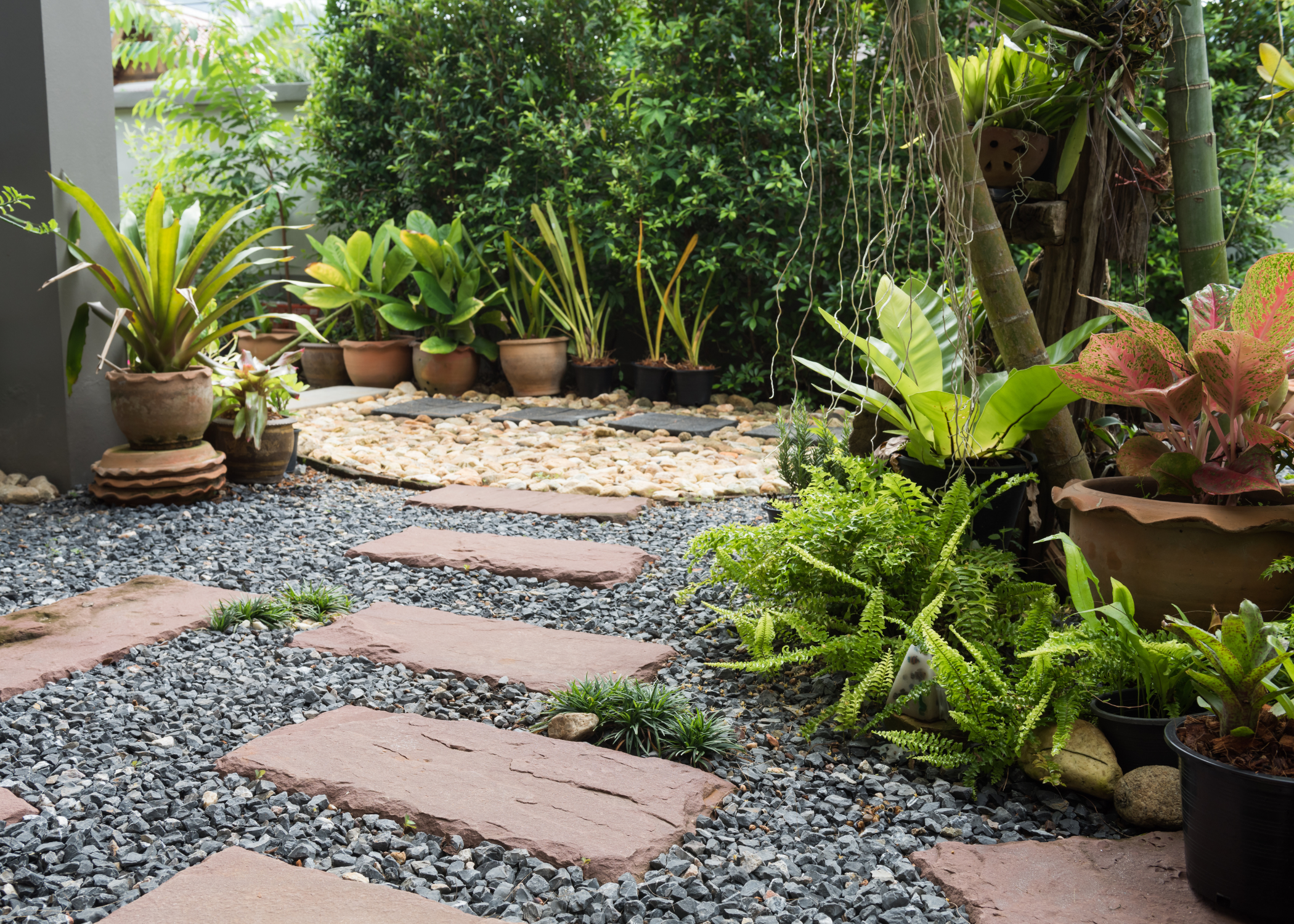
Begin by outlining the desired path and removing any grass or soil to create a level surface. Lay down a base layer of sand or gravel to ensure proper drainage and stability. Arrange the stones or pavers in your chosen pattern, leaving small gaps for grass or ground cover plants to grow between them if desired. This not only enhances the natural look but also helps to integrate the path seamlessly into the surrounding landscape.
5. Rock Mulch
Using rock mulch is a long-lasting and visually appealing alternative to traditional organic mulches. Rock mulch, such as small pebbles, gravel, or crushed stone, can be spread around plants, trees, and garden beds to suppress weeds, retain soil moisture, and regulate temperature. Unlike organic mulch, rock mulch does not decompose, meaning it requires less frequent replacement.
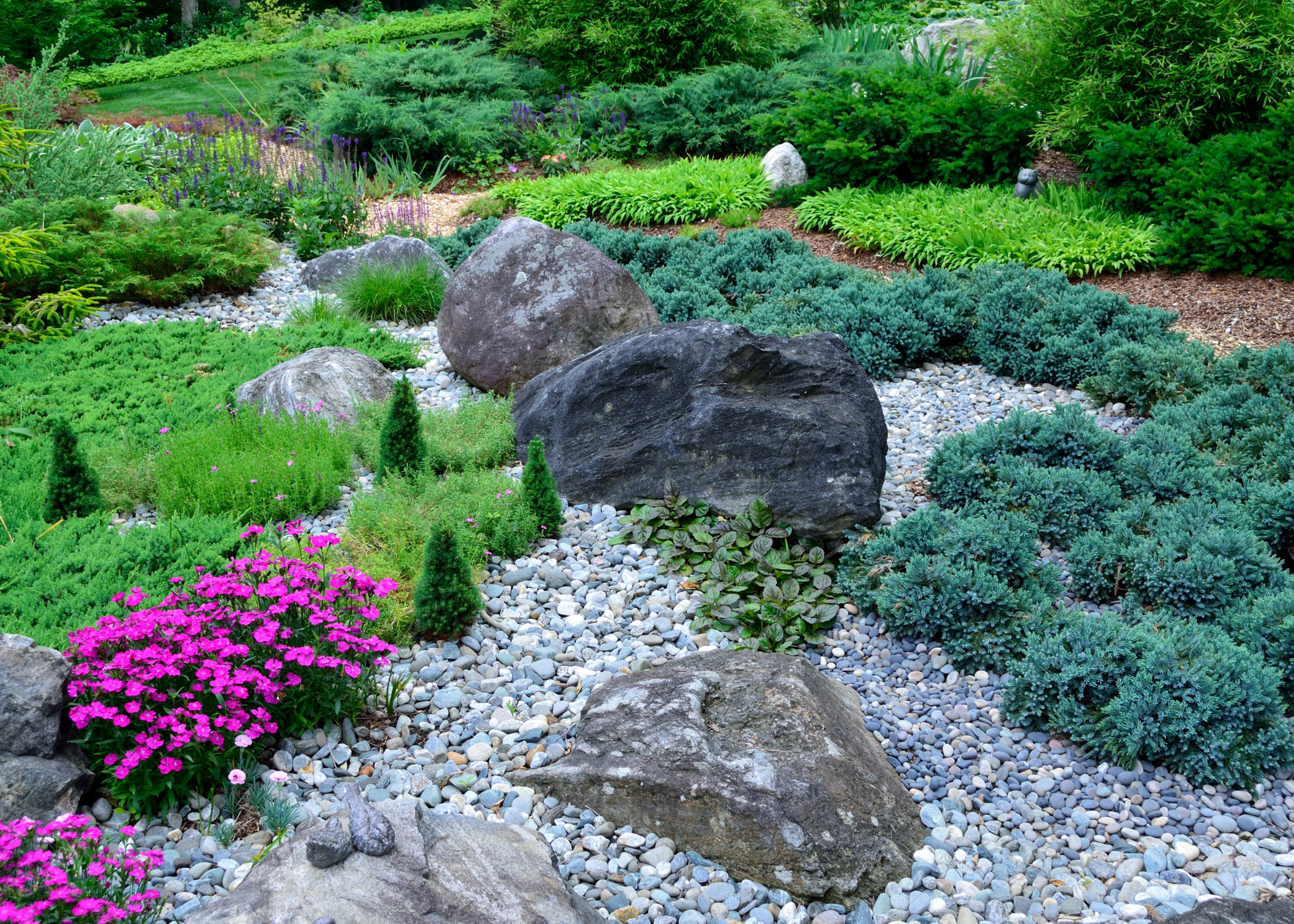
To apply rock mulch, first clear the area of weeds and debris. Then, lay down a layer of landscape fabric to prevent future weed growth and spread the rocks evenly over the fabric. Rock mulch comes in various colors and sizes, allowing you to customize the look to match your garden’s aesthetic. It’s particularly useful in xeriscaping, a landscaping method designed to reduce water usage, as it helps maintain soil moisture while providing a clean, polished look.
6. Water Features
Incorporating rocks into water features can create a tranquil and natural atmosphere in your garden. Whether you opt for a small fountain, a pond, or a cascading waterfall, rocks can enhance the beauty and functionality of these features. For a pond, use large boulders to create a natural-looking edge and smaller stones to line the bottom and sides.
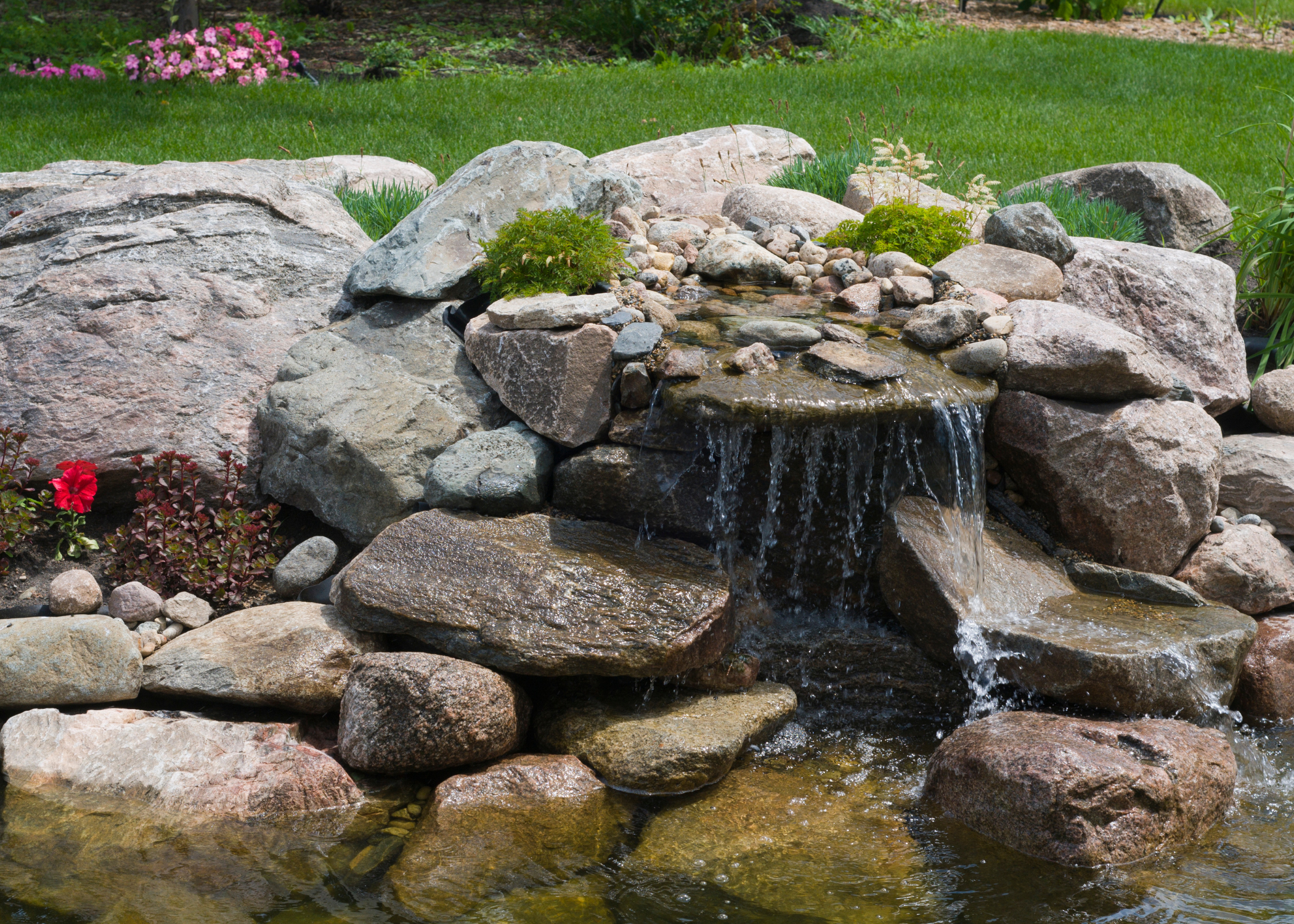
This not only looks appealing but also provides hiding spots for fish and other aquatic life. For waterfalls, stack flat rocks to create a tiered effect, allowing water to flow smoothly from one level to the next. The sound of water cascading over rocks adds a soothing element to your garden, making it a perfect spot for relaxation. Ensure you use water-safe stones and consult with a professional if you’re unsure about the installation process.
7. Rock Sculptures and Art
Rocks can be used to create stunning sculptures and art pieces that serve as focal points in your garden. Whether you choose to work with a professional artist or create your own DIY projects, rock sculptures can add a unique and personal touch to your landscape. Simple projects might include stacking rocks in interesting formations or painting stones with intricate designs.
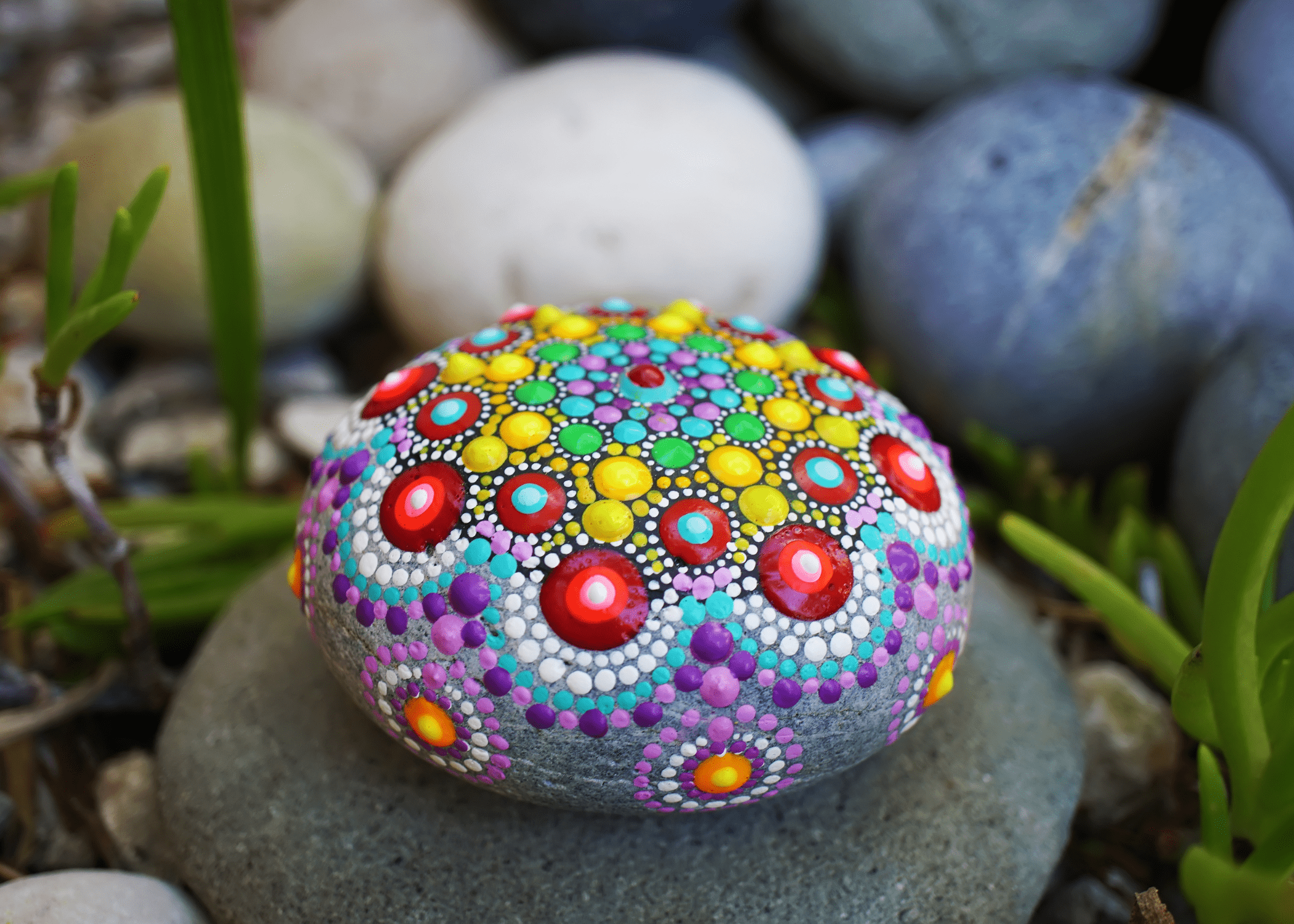
More complex sculptures could involve carving or assembling rocks into shapes that reflect your personal style or the theme of your garden. These art pieces can be placed strategically throughout your garden to draw the eye and create visual interest. Rock sculptures are also incredibly durable, standing up to the elements and requiring minimal maintenance over time.
8. Fire Pits
A rock fire pit can become the centerpiece of your outdoor living space, providing a cozy spot for gatherings and relaxation. Building a fire pit with natural stones gives it a rustic and sturdy appearance, blending seamlessly with the surrounding landscape. To construct a rock fire pit, choose a location that’s a safe distance from any structures or flammable materials.

Dig a shallow pit and line the bottom with gravel for drainage. Arrange large stones in a circular pattern to form the walls of the fire pit, ensuring they are stable and secure. You can use mortar to hold the stones together for added durability. Once completed, surround the fire pit with seating made from logs or stone benches to create an inviting area for friends and family to enjoy.
9. Stepping Stones
Stepping stones are a charming and functional addition to any garden, providing a clear path while protecting your lawn from heavy foot traffic. They can be used to create a path through a flower bed, across a lawn, or lead to a specific garden feature. Stepping stones come in various shapes, sizes, and materials, including flat rocks, concrete pavers, and even customized stones with engraved designs. To install stepping stones, plan the path and mark where each stone will go.

Remove enough soil to accommodate the thickness of the stones, ensuring they are level with the ground to prevent tripping. Place the stones in the prepared spots and fill any gaps with soil or gravel. Stepping stones not only add a decorative element but also make your garden more accessible and enjoyable to navigate.
Related Articles
By incorporating these nine creative ways to use rocks in your landscaping, you can transform your outdoor space into a beautiful, functional, and low-maintenance garden. Whether you choose to create a serene rock garden, a practical pathway, or a stunning water feature, rocks offer endless possibilities to enhance the natural beauty of your landscape.
Ready to start your next project? Join our DIY community to receive tool tips, how-to guides, and exclusive creative insights. Subscribe to the ManMadeDIY newsletter now! Click here to unlock a world of hands-on inspiration.
